Remember gathering around the television set after school or during summer vacation to watch those wonderfully wacky game shows? The 1960s and 1970s were the golden age of television game shows, when producers seemed to throw every crazy idea at the wall to see what would stick. Looking back, it’s amazing how absolutely bonkers some of these shows really were – and somehow, we all thought it was perfectly normal television entertainment.
1. Beat the Clock (1970-1975)
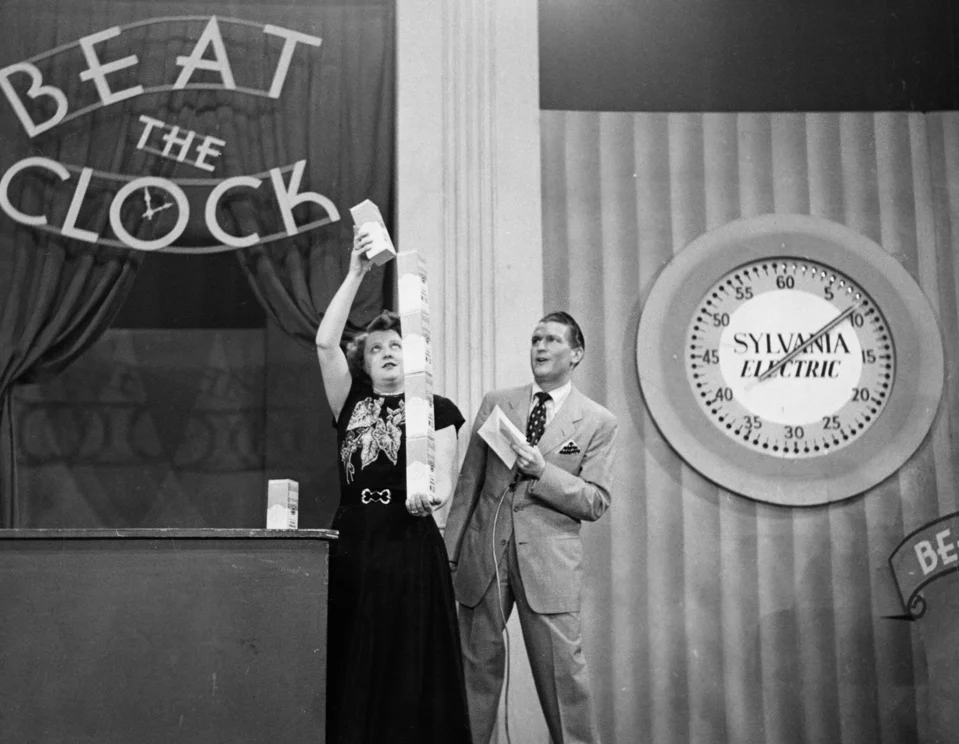
Beat the Clock had contestants perform “hilarious stunts – which often involved pies, whipped cream, exploding balloons and water – before the big studio clock ticked down the suspenseful seconds.” Imagine trying to get insurance for a show today where ordinary folks from the audience were regularly covered in food products and soaked with water on live television. The stunts were so unpredictable that you never knew if someone was going to slip, trip, or completely lose their dignity in pursuit of a toaster oven. The show’s producers seemed to delight in creating challenges that were equal parts skill and sheer luck. Ratings on IMDb show that this show has fallen into some degree of obscurity.
What made it even more chaotic was that these weren’t professional performers – they were just regular married couples who thought they were signing up for a nice, simple game show. Instead, they found themselves trying to stack dishes while blindfolded or attempting to move objects using only their elbows, all while a giant clock counted down their doom. The audience would go absolutely wild cheering for these poor souls as they fumbled their way through increasingly ridiculous physical challenges, creating an atmosphere that was part circus, part athletic competition.
2. Let’s Make a Deal (1963-1977)
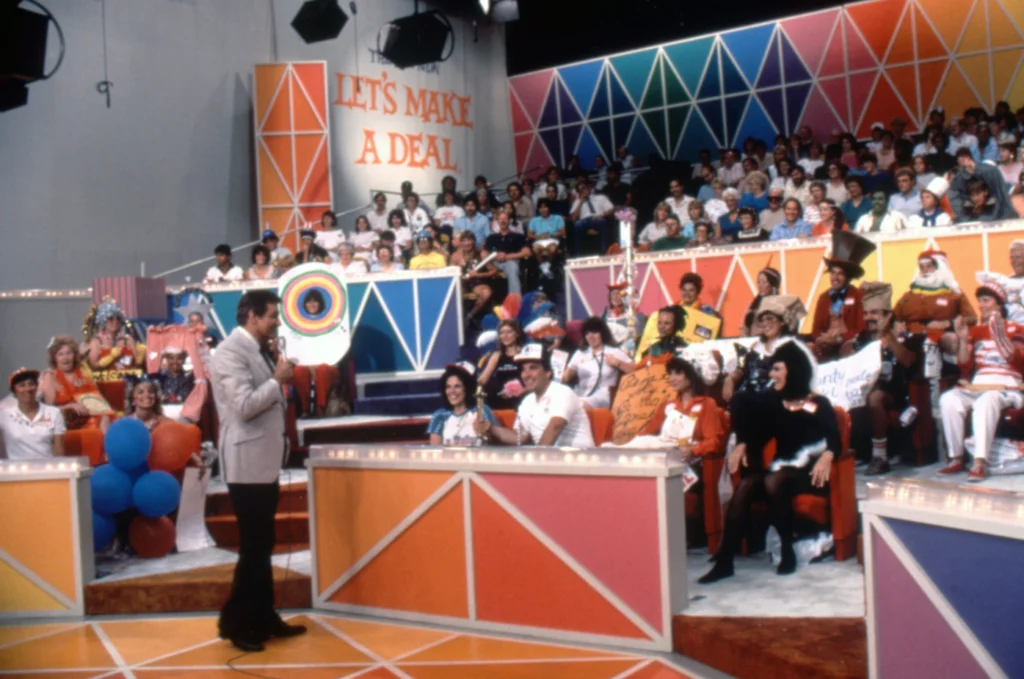
Monty Hall’s kingdom of chaos turned ordinary audience members into costumed characters willing to trade their grandmother’s jewelry for whatever was behind Door Number Two. The show encouraged people to dress up in the most outrageous outfits possible, leading to a studio audience that looked like a combination Halloween party and fever dream. Contestants would literally bring suitcase full of random items, hoping Monty would want to make a deal for their collection of bottle caps or their pet goldfish. The energy in that studio must have been absolutely electric, with hundreds of people jumping up and down, screaming and waving their arms to get Monty’s attention. Forbes celebrated a major milestone for the series, exploring its history along the way.
The real chaos came from the psychological warfare Monty would wage on contestants, offering them increasingly tempting deals while they held onto their original prize. You’d watch people agonize over whether to keep their brand-new refrigerator or risk it all for the mystery box that could contain either a car or a donkey. The show created a unique form of televised torture where greed, fear, and hope all battled it out in real-time, while the audience screamed advice from the sidelines. Some contestants would walk away with amazing prizes, while others left with a year’s supply of cat food and a rubber chicken.
3. The Newlywed Game (1966-1974)
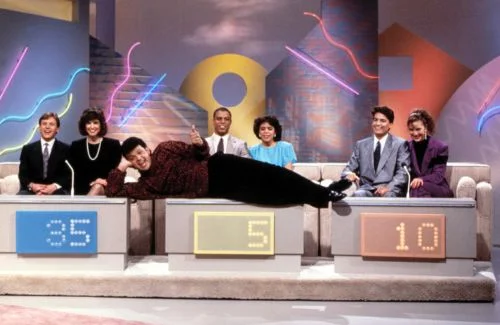
Bob Eubanks somehow convinced America that watching young married couples reveal their most embarrassing secrets was wholesome family entertainment. The questions were designed to expose just how little these newlyweds actually knew about each other, leading to some absolutely devastating moments of realization on live television. Couples would confidently predict their spouse’s answers, only to discover they’d been married to a complete stranger, creating an atmosphere that was equal parts comedy show and marriage counseling session gone wrong. Britannica notes that this series marked some big career moments for those involved.
The chaos reached its peak when couples would get genuinely angry with each other right there on stage, turning what started as innocent fun into real marital discord. You’d see wives learn that their husbands thought their cooking was terrible, or husbands discover their wives found them less attractive than the mailman, all while Bob Eubanks grinned and the audience howled with laughter. The show’s producers seemed to take special delight in crafting questions that would create maximum awkwardness, as if they were conducting some kind of social experiment on the nature of marriage itself.
4. The Dating Game (1965-1973)
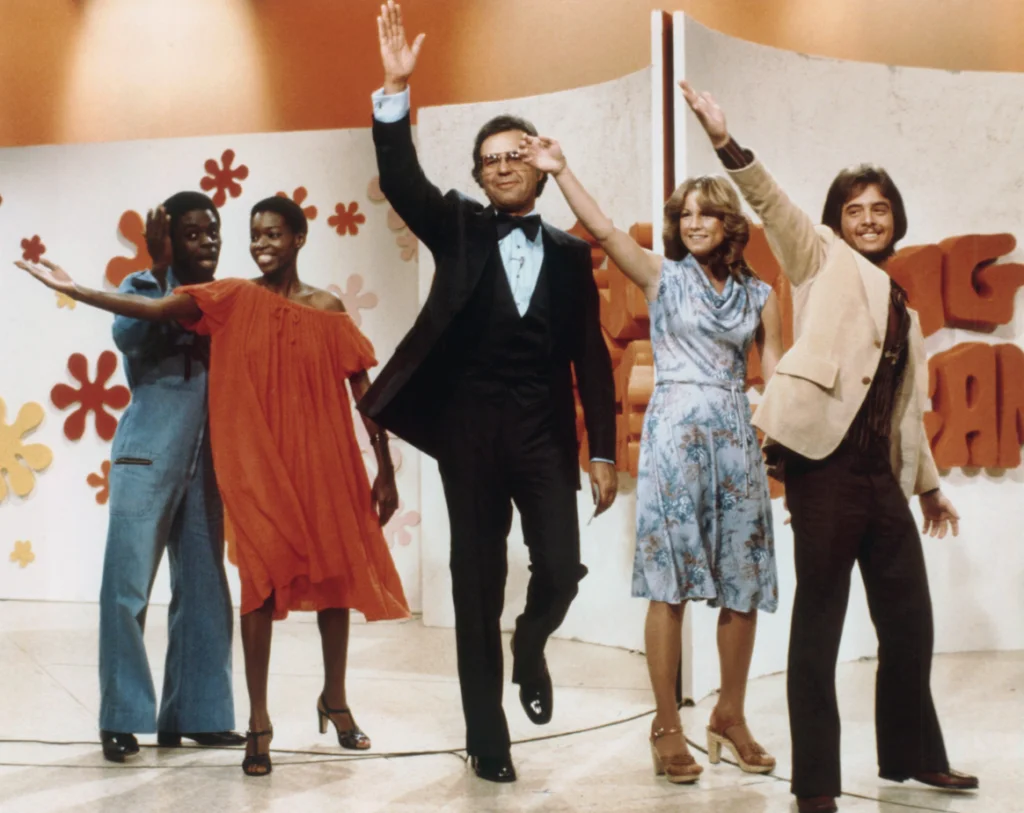
Chuck Barris created a show where a single woman would ask questions to three hidden bachelors and choose one for a date, which sounds innocent until you remember this was the era of free love and social revolution. The questions contestants asked were often surprisingly suggestive for daytime television, with both sides trying to be clever and flirtatious in ways that would make modern audiences blush. The show’s format basically encouraged people to make romantic connections based on witty banter and sexual innuendo, which was revolutionary for its time but created some genuinely awkward television moments.
The real chaos happened when the chosen couple would return from their date to report back on how things went, often revealing that they couldn’t stand each other or had absolutely nothing in common beyond their television chemistry. Some couples would come back obviously smitten, while others would barely be able to hide their mutual disgust, creating a fascinating study in the unpredictability of human attraction. The show launched several careers and romances, but also probably ruined just as many potential relationships with its artificial setup and pressure-cooker atmosphere.
5. Truth or Consequences (1960s-1970s)
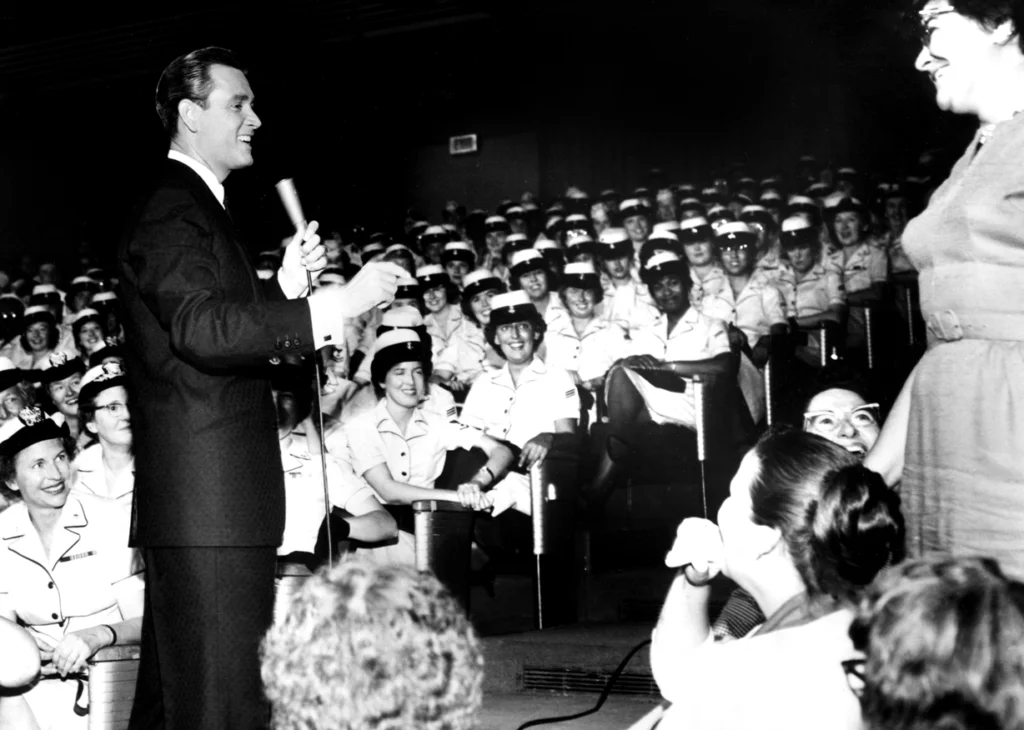
This show took the childhood game and weaponized it for television, forcing contestants to either answer impossible trivia questions or face increasingly ridiculous consequences. The “truth” part was basically impossible – questions were deliberately obscure and designed to stump even the smartest contestants. When people inevitably failed to answer correctly, they’d face “consequences” that ranged from mildly embarrassing to absolutely humiliating, all while the studio audience laughed at their misfortune. The show’s host would act like these punishments were all in good fun, but watching people get covered in goo or forced to perform silly stunts was comedy at someone else’s expense.
The chaos was compounded by the fact that many consequences involved audience participation, turning the entire studio into a three-ring circus. Contestants might have to kiss a stranger, perform an impromptu song and dance, or participate in a messy physical challenge that would leave them looking like they’d survived a food fight. The unpredictability of what might happen next kept viewers glued to their sets, but also created an atmosphere where anything could go wrong at any moment, and frequently did.
6. Concentration (1958-1973)
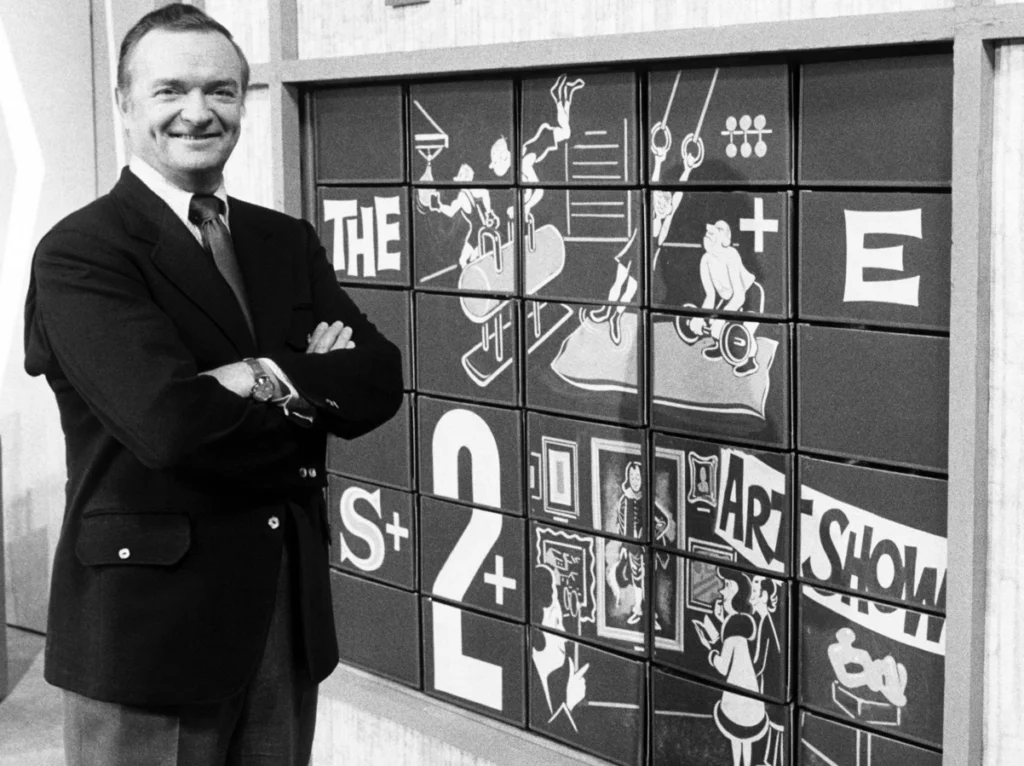
What appeared to be a simple memory matching game was actually a mind-bending puzzle that would leave contestants and viewers equally confused and frustrated. The show combined the children’s card-matching game with a rebus puzzle that contestants had to solve simultaneously, creating a format that required both memory skills and creative thinking under pressure. Contestants would uncover squares on a game board, trying to match prizes while also figuring out a visual puzzle that often made no logical sense until the very last piece was revealed.
The chaos came from watching intelligent adults struggle with puzzles that seemed designed by someone with a twisted sense of humor. You’d see contestants confidently guess “A bird in the hand is worth two in the bush” when the puzzle clearly showed a car, a house, and what looked like a dancing lobster. The show’s producers seemed to take sadistic pleasure in creating rebuses that were so obscure or abstract that even the home audience couldn’t figure them out, leading to moments of collective confusion that somehow passed for entertainment.
7. The Price is Right (1972-present, but extra chaotic in the ’70s)
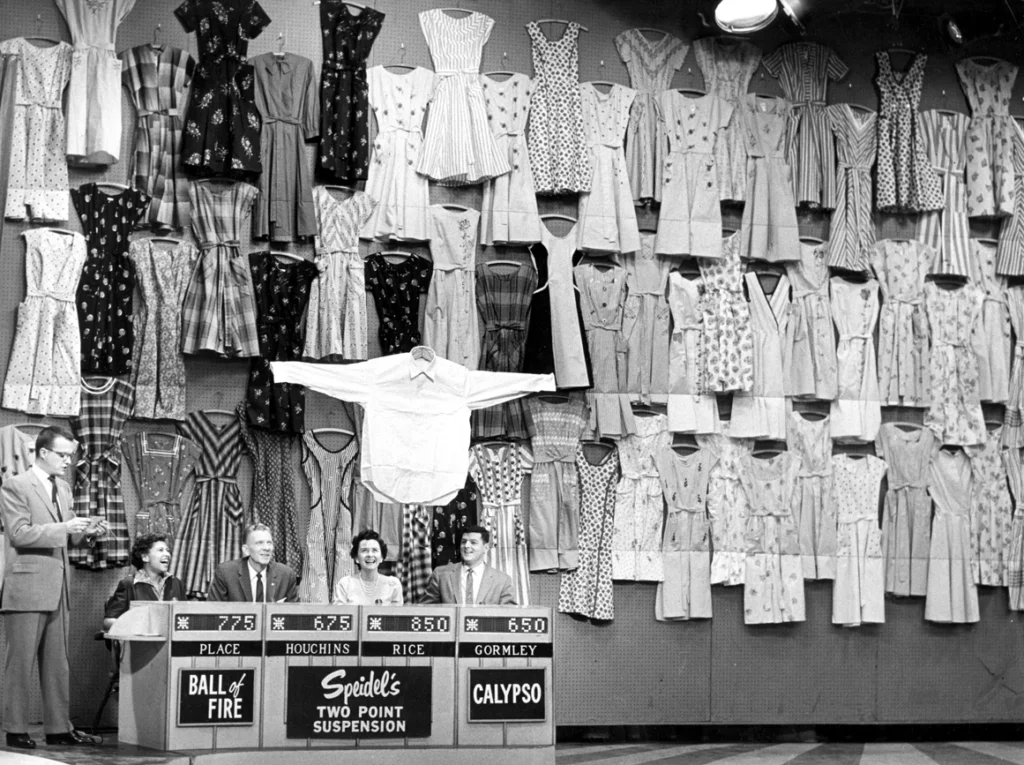
While Bob Barker maintained his cool demeanor, the contestants on The Price is Right in the 1970s were absolutely out of their minds with excitement and greed. People would literally lose their composure when they heard their name called, screaming, jumping, and sometimes fainting as they made their way to Contestants’ Row. The show turned ordinary housewives and retirees into wild-eyed gamblers willing to risk everything on their ability to guess the price of a can of soup. The energy level was so intense that it felt like watching people at a religious revival meeting, if the religion was about consumer goods and retail prices.
The chaos reached its peak during the showcase showdowns, where contestants would bid on elaborate prize packages worth thousands of dollars based on nothing but their knowledge of retail prices and pure gut instinct. You’d watch people confidently bid $15,000 on a showcase that was actually worth $30,000, or completely lowball a package that included a car and a vacation to Hawaii. The show created a unique form of televised capitalism where knowledge of consumer culture was the ultimate skill, and getting it wrong meant walking away with nothing but the memory of your spectacular failure.
8. Hollywood Squares (1966-1981)
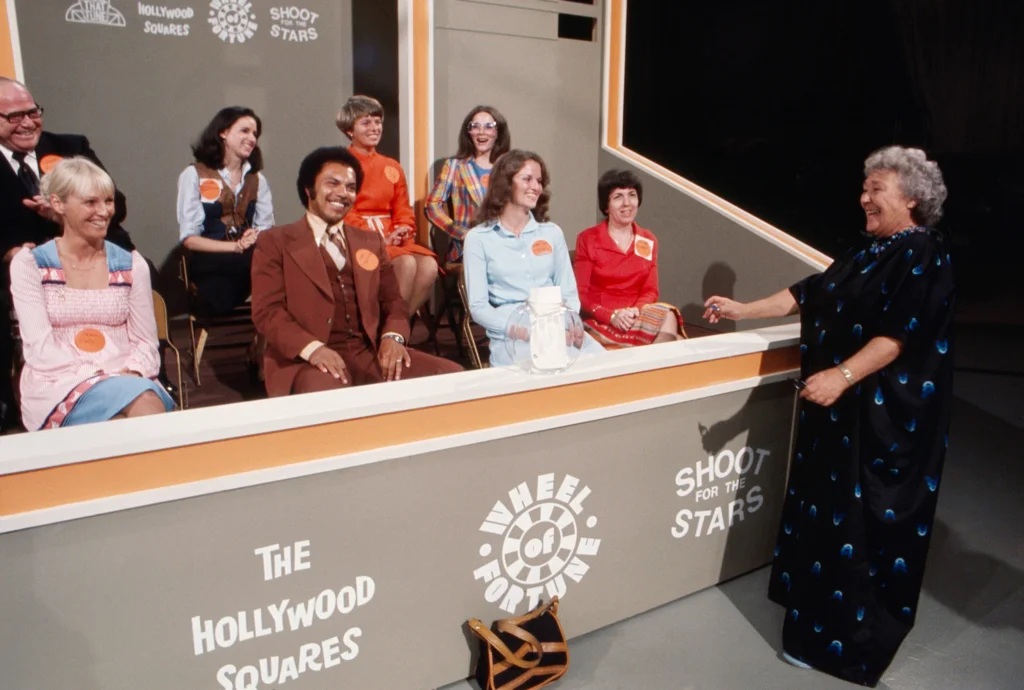
Nine celebrities crammed into tic-tac-toe squares, armed with prepared jokes and questionable knowledge, created a perfect storm of entertainment chaos. The show’s format was deceptively simple – get three in a row by correctly identifying which celebrities were telling the truth – but the reality was a carnival of wit, sarcasm, and barely controlled mayhem. Paul Lynde, sitting in the center square, would deliver one-liners that were so outrageously funny and sometimes inappropriate that they’d leave both contestants and audience members gasping for air. The celebrities clearly competed with each other to see who could get the biggest laugh, often at the expense of the poor contestants trying to play an actual game.
The chaos was multiplied by the fact that half the celebrities were clearly making up their answers as they went along, turning what should have been a test of knowledge into a comedy free-for-all. You’d have serious actors sitting next to comedians, musicians next to game show regulars, all trying to be funnier than each other while occasionally remembering they were supposed to help contestants win money. The show became less about the game and more about watching celebrities try to upstage each other, creating an atmosphere that was part variety show, part comedy roast, and part intellectual exercise.
9. Family Feud (1976-1985)
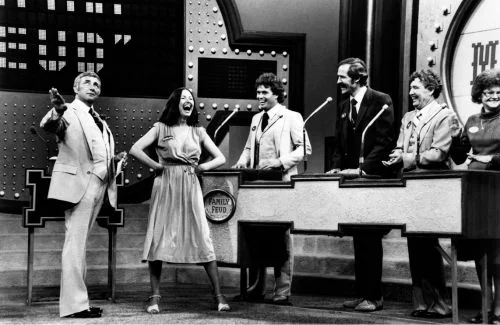
Richard Dawson’s kissing spree alone made this show legendary, but the real chaos came from watching families completely fall apart under pressure when asked to name things found in a woman’s purse. The show’s format seemed simple enough – survey says the top answers are on the board – but families would routinely give answers so bizarre and off-topic that you’d wonder if they were from the same planet as the people who took the survey. The competitive pressure would turn sweet family units into bickering groups of strangers, with relatives throwing each other under the bus for giving stupid answers.
The chaos reached peak levels during Fast Money, where one family member had to answer five questions in 20 seconds while their relatives screamed encouragement from the sidelines. You’d watch people’s brains completely shut down under pressure, giving answers like “September” when asked to name a yellow fruit, or “7” when asked how many sides a triangle has. The show created a unique form of public humiliation where entire families could embarrass themselves on national television, all while competing for prizes that probably weren’t worth the therapy they’d need afterward.
10. Match Game (1973-1982)
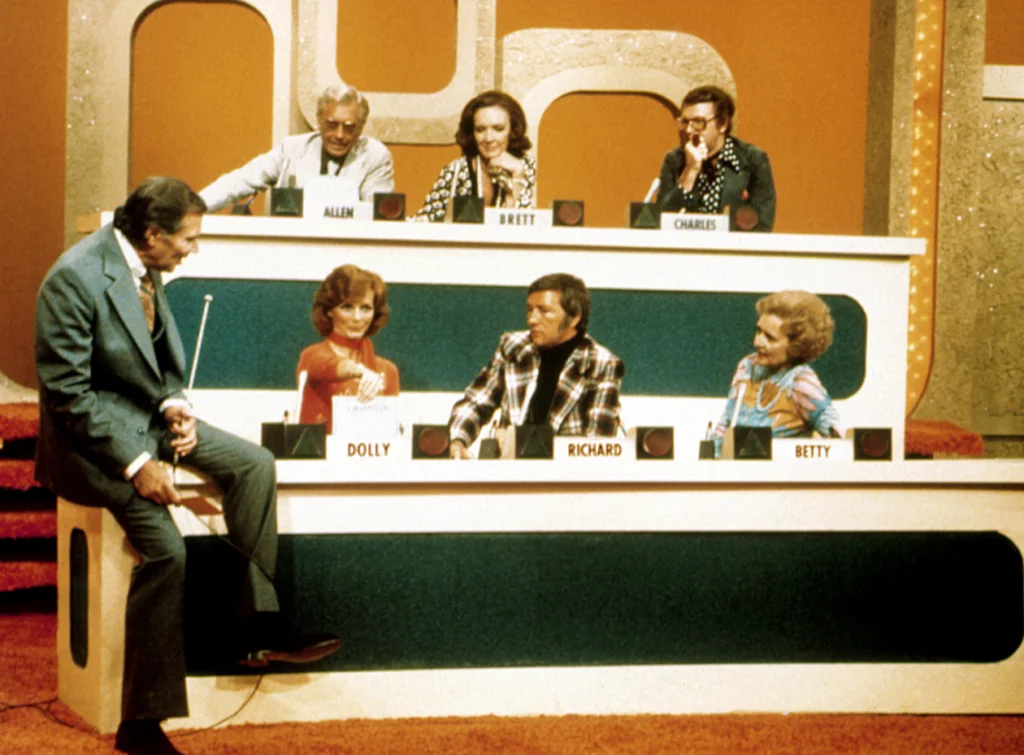
Gene Rayburn presided over what was essentially a daily comedy roast disguised as a game show, where six celebrities would try to match contestants’ answers to fill-in-the-blank questions. The questions were deliberately designed to elicit double entendres and suggestive responses, creating a show that pushed the boundaries of what was acceptable on daytime television. Charles Nelson Reilly, Brett Somers, and the rest of the panel seemed to be in a constant competition to see who could make the most outrageous comment, often leaving contestants and viewers wondering if they were watching a game show or a cocktail party that had gotten out of hand.
The chaos came from the unpredictability of what the celebrities would say, combined with contestants’ desperate attempts to think like a panel of professional entertainers who were clearly not thinking like normal people. You’d watch contestants try to anticipate whether Richard Dawson would give a sensible answer or go for the laugh, while Brett Somers would come up with responses so off-the-wall that they seemed to come from another dimension. The show created a perfect storm of wit, innuendo, and genuine surprise that made every episode feel like anything could happen.
11. Gong Show (1976-1978)
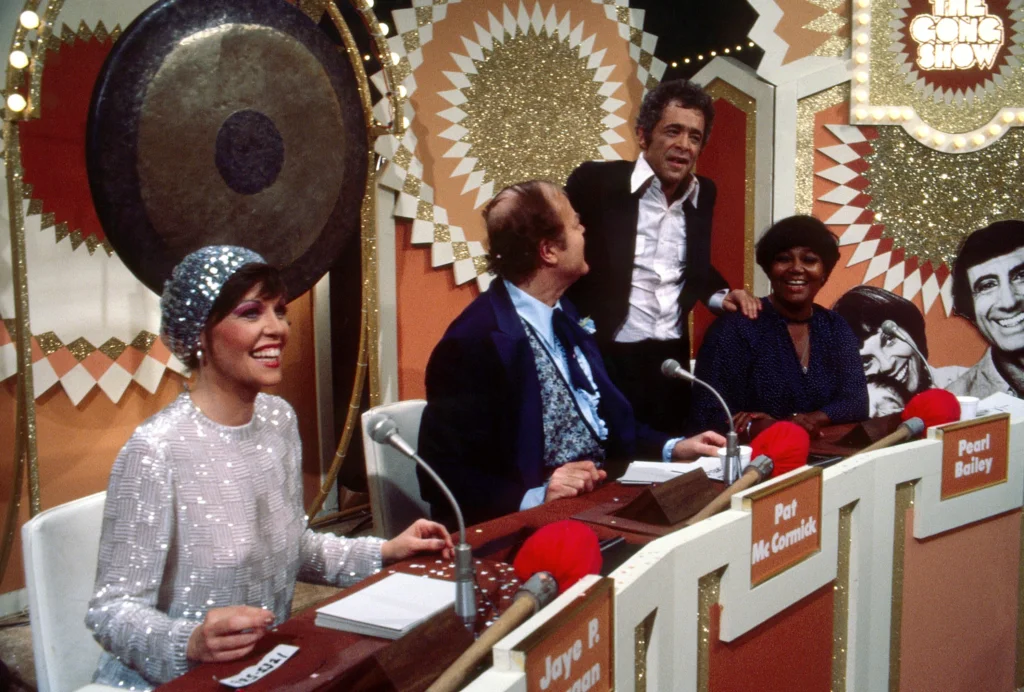
Chuck Barris unleashed pure, unfiltered chaos on television with a show that was part talent contest, part freak show, and part psychological experiment. The premise was simple – amateur performers had 90 seconds to showcase their “talent” before a panel of celebrity judges could gong them off the stage – but the reality was a parade of the strangest, most wonderful, and occasionally disturbing acts you could imagine. People would come on to juggle flaming torches while reciting poetry, or perform interpretive dances to disco music while dressed as vegetables, creating a show that celebrated the beautiful weirdness of human creativity.
The chaos was amplified by the unpredictability of what would make it through to the end versus what would get gonged within seconds. You’d see genuinely talented musicians get gonged immediately while someone doing a bizarre comedy routine about their pet hamster would win the top prize of $516.32 (and thirty-two cents). The show’s celebrity judges seemed to make decisions based on pure whim, creating an atmosphere where talent, weirdness, and sheer luck all played equal roles in determining success, making it the most democratic and anarchic game show in television history.
12. The $10,000 Pyramid (1973-1980)
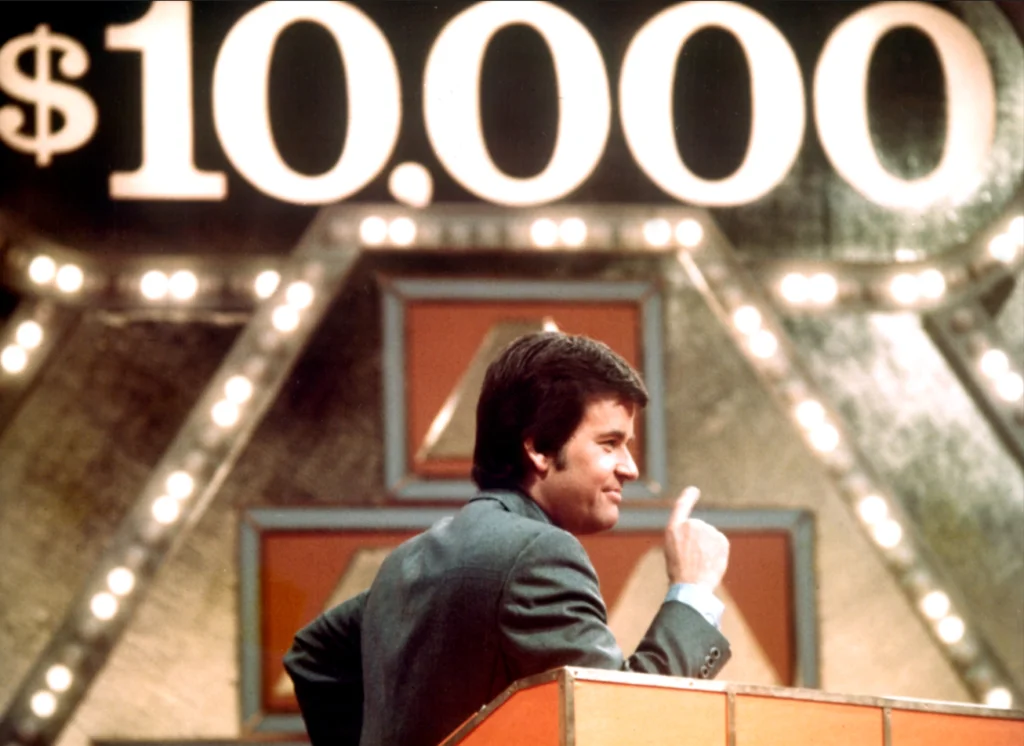
Dick Clark maintained his usual professional demeanor while contestants and celebrities engaged in a frantic word-association battle that often descended into complete gibberish and panic. The show’s time pressure created an atmosphere of barely controlled hysteria, with celebrities giving increasingly desperate clues while contestants shouted out random words hoping something would stick. You’d watch normally articulate people reduced to pointing, gesturing wildly, and making sound effects as they tried to communicate concepts like “Things that are round” or “Things you’d find in a kitchen” within the allotted time.
The chaos reached its peak during the Winner’s Circle, where contestants had to identify six categories in 60 seconds based on their celebrity partner’s clues. The time pressure would cause both celebrities and contestants to have what can only be described as minor nervous breakdowns, leading to moments of pure television gold where nobody involved seemed to remember how the English language worked. You’d see famous actors reduced to making animal noises and charades-like gestures while contestants guessed everything except the obvious answer, creating a perfect storm of frustration and hilarity that somehow passed for prime entertainment.
These shows remind us of a simpler time when television was willing to put ordinary people in extraordinary situations just to see what would happen. The chaos wasn’t a bug – it was a feature, and audiences loved every unpredictable minute of it. Today’s carefully produced and focus-grouped game shows might be more polished, but they’ll never capture the beautiful, unscripted mayhem that made those afternoon game show blocks such appointment television for an entire generation.


